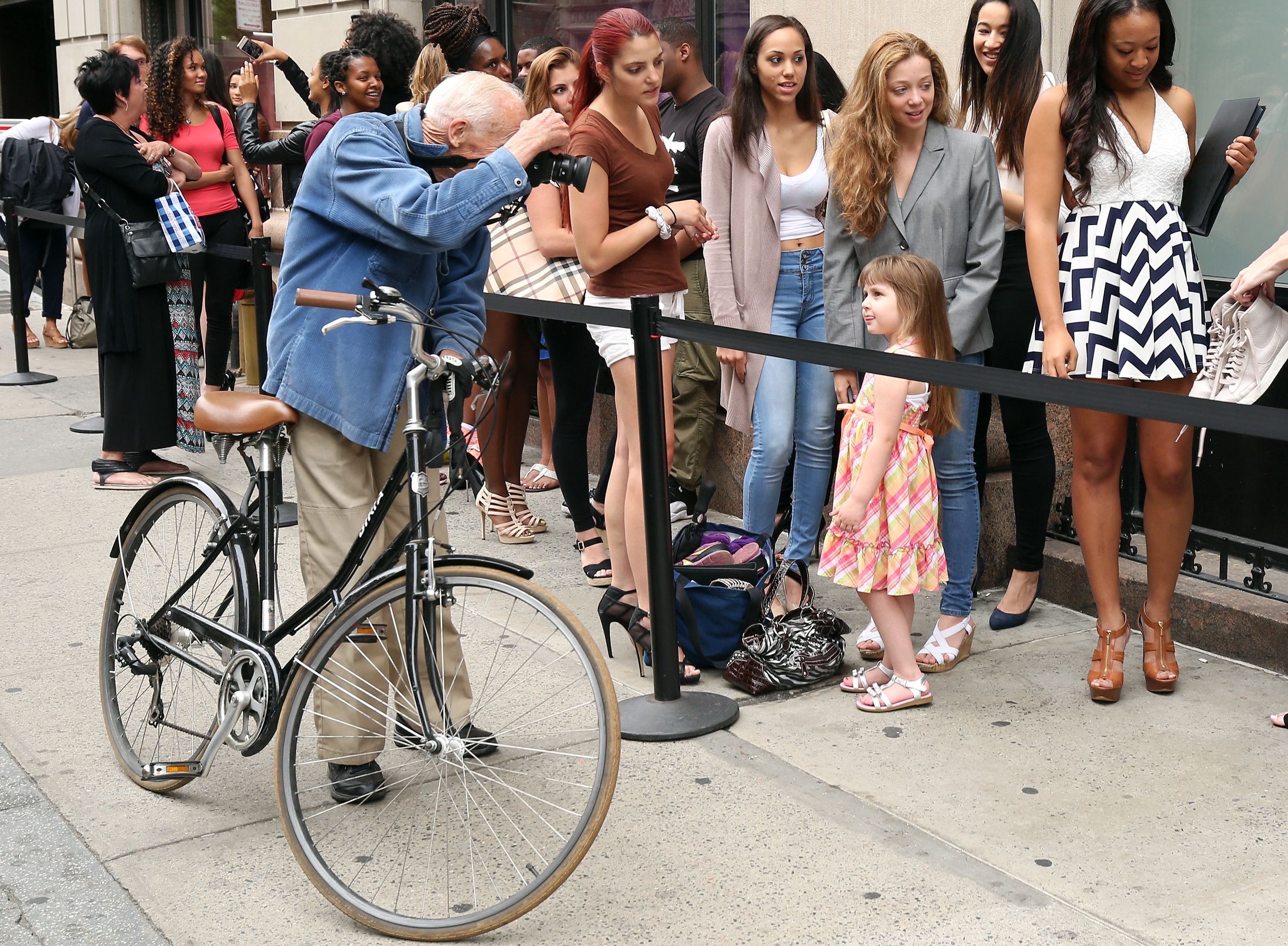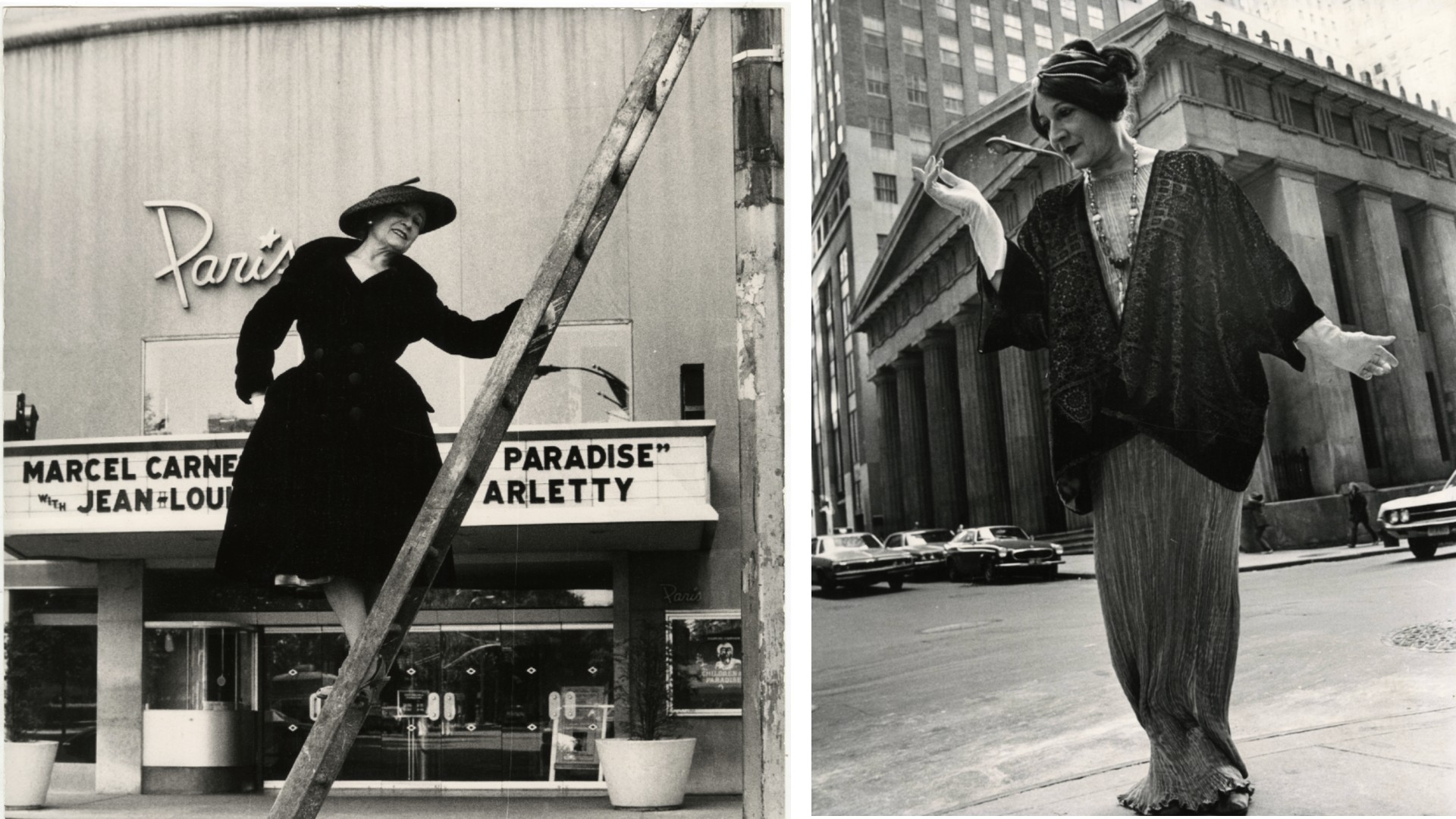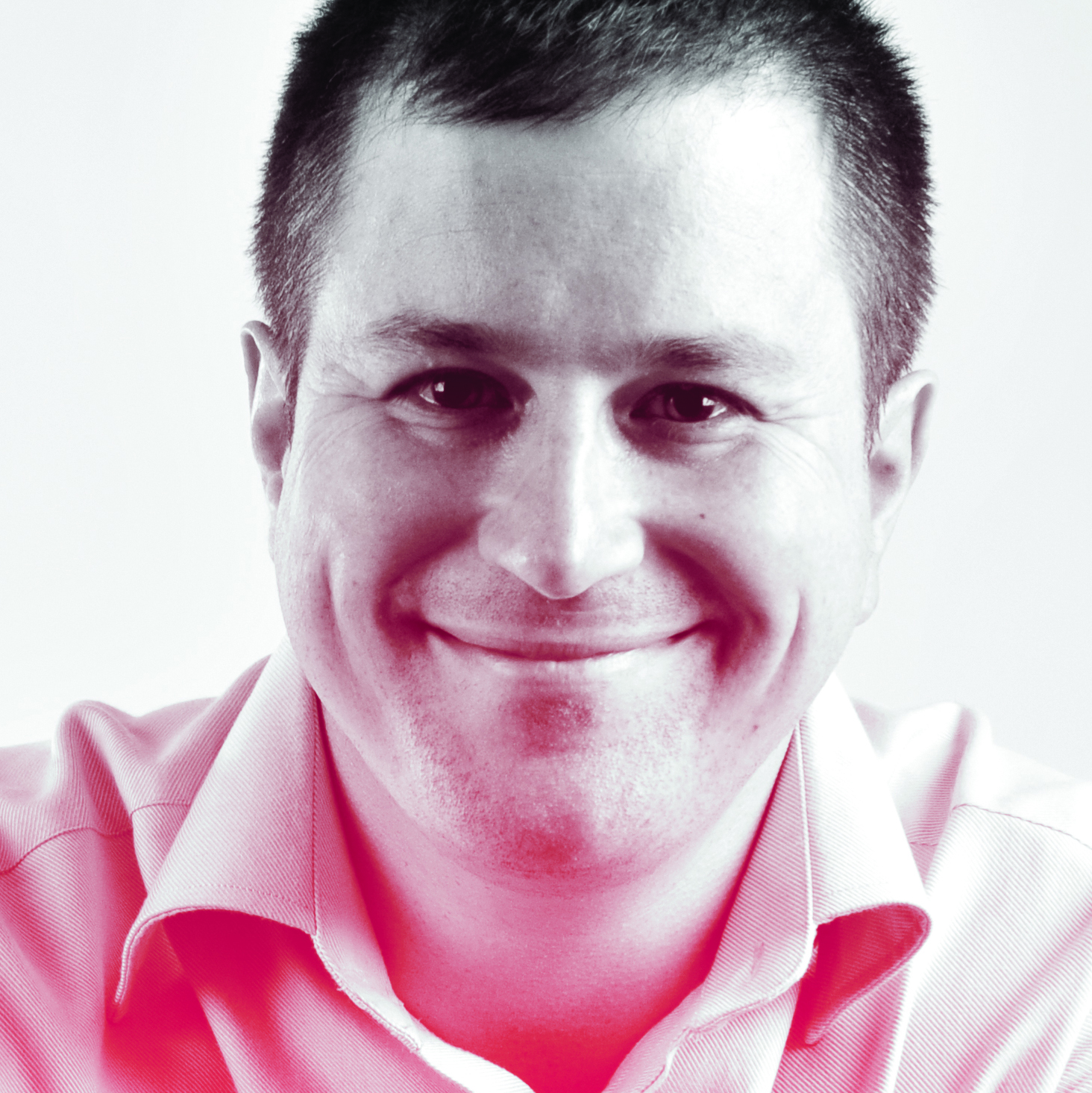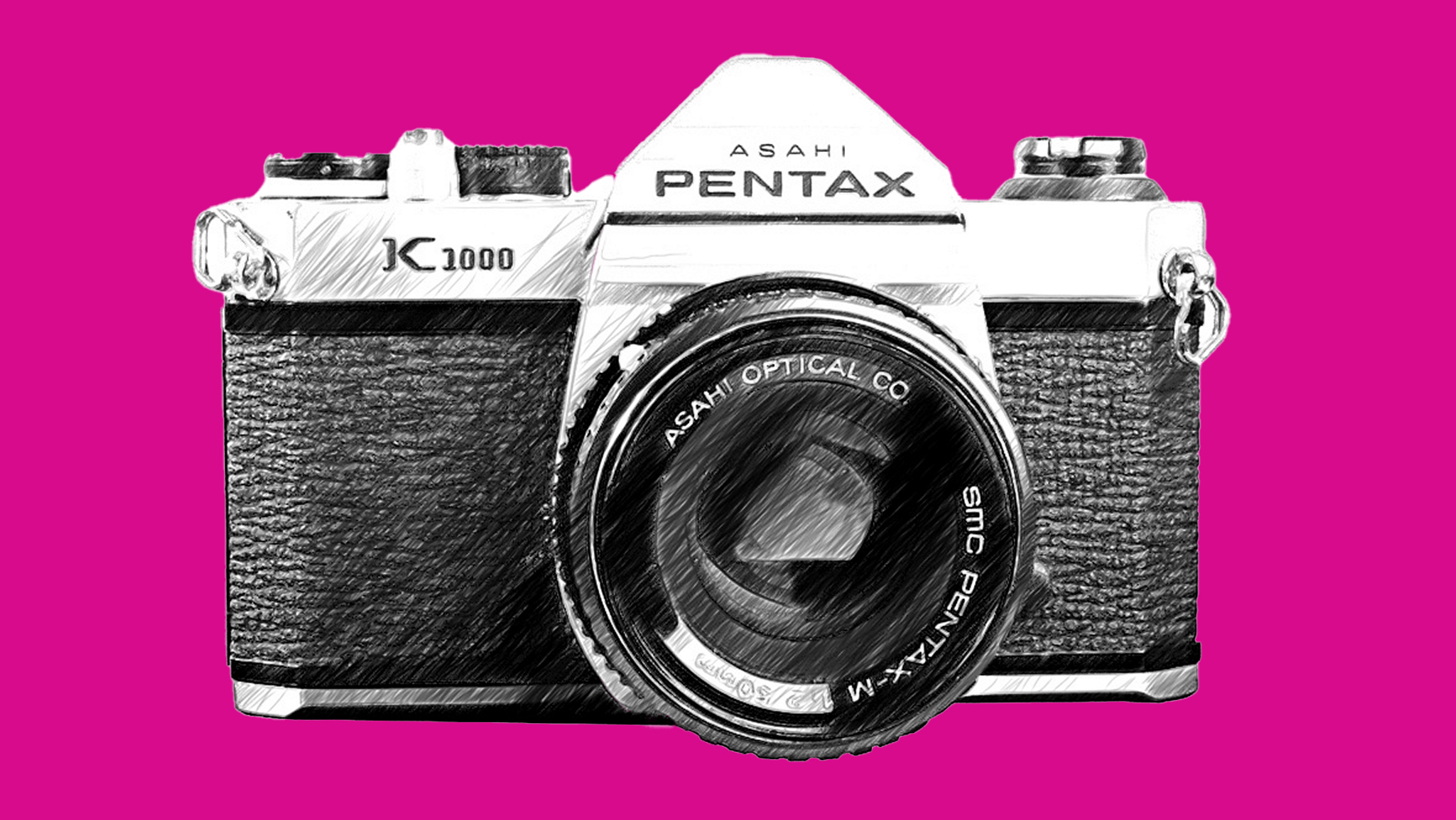
The term 'revolutionary' is often thrown about in the photography world. But in the case of Bill Cunningham (1929-2016) it's more than justified. Born in Boston, he brought street photography to the masses through his work for the New York Times as a fashion photographer. Now The New York Historical—a history museum and library on the Upper West Side, founded in 1804—has acquired his complete archive.
The collection encompasses approximately 600 linear feet of material, including tens of thousands of photographs, negatives, slides, contact sheets, prints, correspondence and ephemera. In short, it's one of the most comprehensive records of street photography ever assembled, documenting the evolution of fashion from the late 1960s through to the 2010s.
Quite the character
Cunningham, who died in 2016 at age 87, was quite the character; as much a fixture of New York as the subjects he photographed. Until just months before his death, this slight figure in a signature blue French workman's jacket could be spotted pedaling his bicycle through New York traffic, camera in hand.
A Harvard dropout, he'd first made a name for himself as a designer of women's hats. After serving in the U.S. Army during the Korean War, he returned to New York in 1953 and worked as a milliner; his clients included Marilyn Monroe, Katharine Hepburn and future First Lady Jacqueline Bouvier.
In the 1960s Cunningham started writing about fashion for Women's Wear Daily and the Chicago Tribune. It was around this time he picked up his camera: an Olympus Pen-D 35mm, which is now part of the Historical's collection.
His photography first came to the attention of The New York Times thanks to a 1978 photo of Greta Garbo in an unguarded moment. He went on to be employed by the title for decades.
Cunningham's approach represented a radical change, at a time when the fashion press typically staged elaborate productions. In contrast, he found his subjects on the street, at parties, and at cultural events.
The best camera deals, reviews, product advice, and unmissable photography news, direct to your inbox!
He was known for his incredible work ethic and dedication. He maintained no office, stored his files in his modest studio apartment, and continued shooting well into his eighties.
Breadth and depth
The archive reveals the breadth of Cunningham's documentation. As well as his street photography, it includes three decades of Met Gala photographs, fashion show coverage from New York and Paris, and notebooks from his early days in Paris during the 1960s filled with sketches and show notes. There are also materials from his millinery period, including receipts, swatches and scrapbooks.
Cunningham's niece, Patricia Simonson, who cared for his estate, emphasized the appropriateness of the archive's new home, which was made possible thanks to a gift from trustee Sally Klingenstein Martell.
"My uncle devoted his life to capturing the spirit and beauty of individuals, fashion, and of course New York," said Patricia. "And there is no more appropriate place for his collect than The New York Historical—right on Central Park West in Manhattan, where much of his work took place."
Ultimately, the creation of the archive means Cunningham's work will be accessible to researchers and scholars for decades to come. As for the public, The Historical plans an in-depth exhibition which will showcase both the newly acquired archive and existing museum pieces, including the photographer's famous blue jacket and bicycle.
Tom May is a freelance writer and editor specializing in art, photography, design and travel. He has been editor of Professional Photography magazine, associate editor at Creative Bloq, and deputy editor at net magazine. He has also worked for a wide range of mainstream titles including The Sun, Radio Times, NME, T3, Heat, Company and Bella.
You must confirm your public display name before commenting
Please logout and then login again, you will then be prompted to enter your display name.




